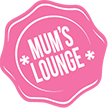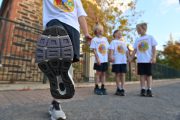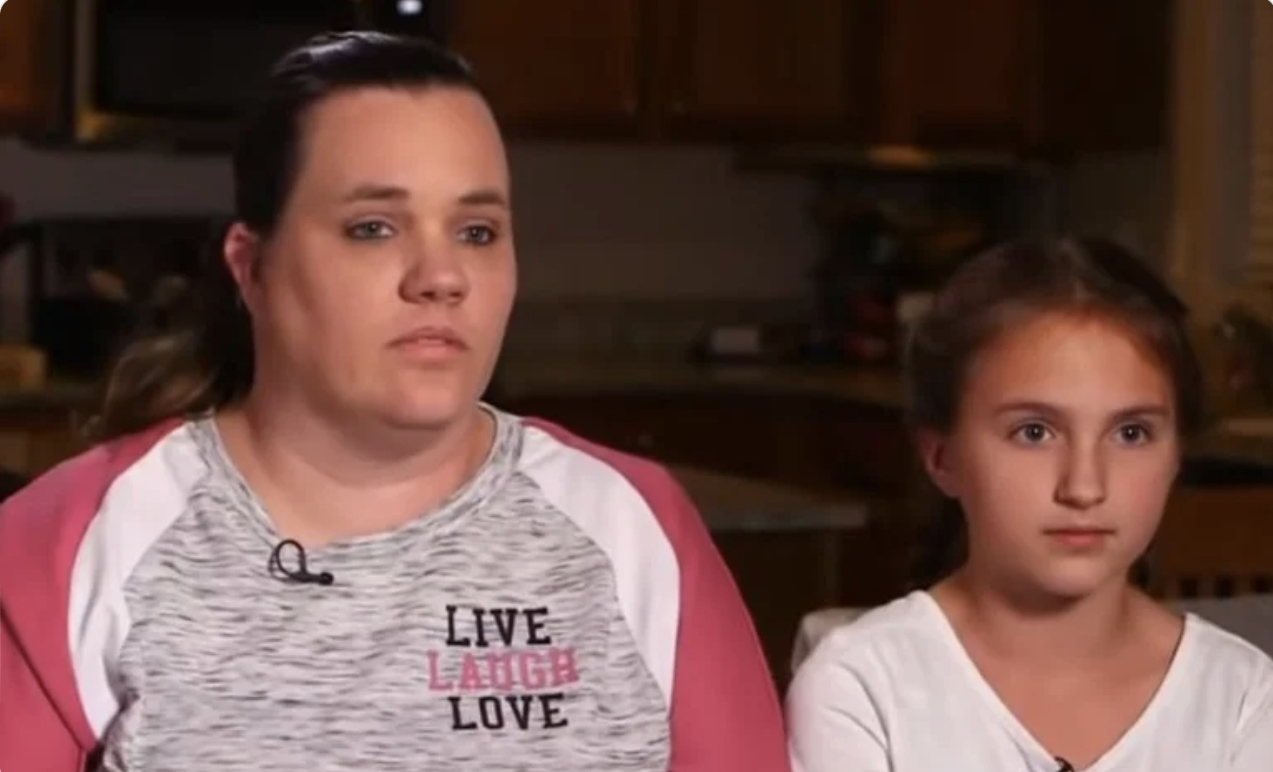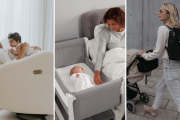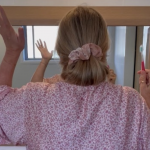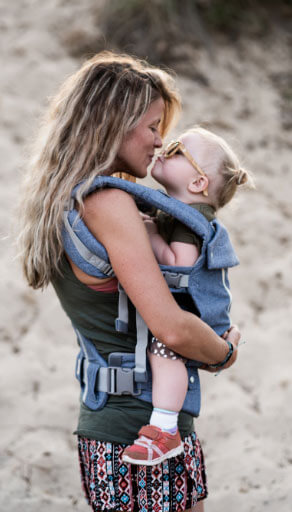Dissecting the Australian Child Car Seat Laws – What You Need to Know
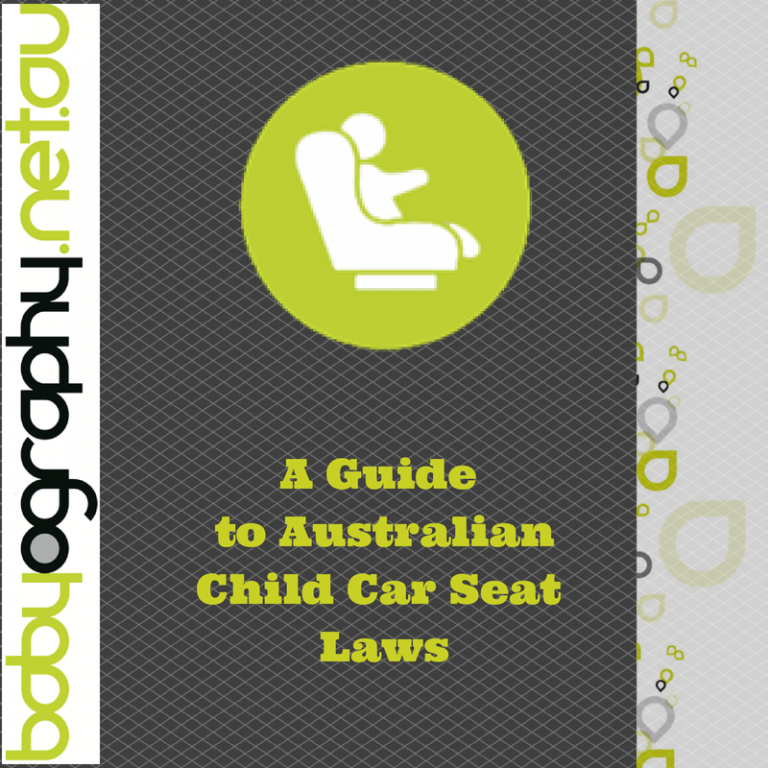
Dissecting the Australian Child Car Seat Laws
Whether you’re a first time mother or expanding your family to number 4, Australian child car seat laws, verses car seat recommendations verse what’s best for your child is at best damn confusing!
Continuous new recommendations put forth by child advocacy organisations and car seat companies, whilst with the best intentions are confusing parents to such a degree that many children are in the wrong seat.
With this in mind, Babyography wants to set the record straight.
This article follows the law and its official partners recommendations. We appreciate that everyone has different views and in the end it is up to the individual parent to choose what they believe to be best for their child. Babyography and its partners however recommend law first, recommendations second, meaning that you should meet the law’s requirements first then follow the extended recommendations at your own choosing e.g. it is Australian law that your infant remain rearward facing for the first 6 months of life; keeping your child rearward facing up to 12mths or even 4 years as per some organisations recommendations is up to the individual parent.
National child restraint laws:
- Children up to the age of 6 months must be secured in a rearward facing restraint with a 5 point harness. The car seat must be restrained with the lap sash belt and tether strap as per the manufactures instructions
- Children aged between six months and four years must be secured in either a rear or forward facing restraint with a 5 point harness. The car seat must be restrained with the lap sash belt and tether strap as per the manufactures instructions
- Children aged between 4 years and 7 years must be secured in a forward facing restraint or booster seat. If the booster is fitted with a tether strap is must be used as per the manufactures instructions
- Children up to the age of four years cannot travel in the front seat of a vehicle with two or more rows
- Children aged between four years and seven years cannot travel in the front seat of a vehicle with two or more rows, unless all other back seats are occupied by children younger than seven years in a child restraint or booster seat
- Children aged between seven years old and 16 years old must use a booster seat if they are too small to be restrained by a seatbelt properly adjusted and fastened
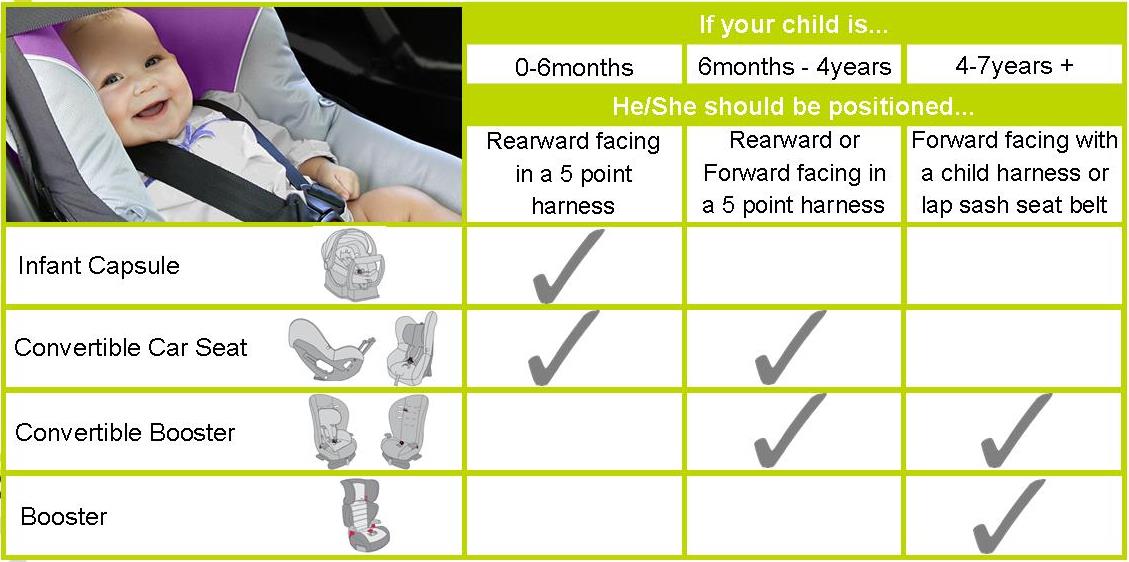
When should I move my child to the next type of child car seat?
Every child in different but as a general rule you should only move your child to the next level of protection when they longer fit into their current car seat. You can assess this by using the height markers sewn on the car seat
Move baby from rearward facing to forward facing:
- When baby is between 6 and 12 months old
- When baby can hold their head up
- Baby has surpassed the shoulder height markers as indicated on the seat i.e. if you baby is 10 months old but his/her shoulders are still below the height markers continue to keep them rearward facing
Move child from forward facing to booster seat (with use of lap sash belt):
- When your child is between 4 and 7
- When the top insertion slot for the shoulder straps and below the child’s shoulders
- When they has surpassed the shoulder height markers as indicated on the seat i.e. if you child is 3 ½ years old and his/her shoulders are above height markers you can move your child to a booster, similarly if you child is 4years old and his/her shoulder are below the shoulder height markers then it is recommended to keep then in the 5 point harness.
Move child from booster seat to the car seat (with lap sash belt):
- When they has surpassed the shoulder height markers as indicated on the seat i.e. if you child is 7 years old and his/her shoulders are above height markers you can move your child to the car seat, similarly if you child is 8 years old and his/her shoulder are below the shoulder height markers then it is recommended to keep then in the booster
- Eye level is higher than the back of the booster seat
5 step test to help assess whether your child is big enough to be safely restrained by a seat belt without the use of a booster seat:
- Can bend their knees comfortably over the front of the car seat cushion
- Sit with the sash belt across their mid-shoulder – it should not be riding up and sitting on their neck
- Sit with the lap belt across the top of their thighs – it should not be riding up on their stomach
- Remain comfortably in this position for the whole trip
Second hand car seats
We recommend that a child car seat should not be used if it is more than 10 years old, or if the seat has cracks, other damage or frayed straps.
Never use a child car seat that has been in a crash, or if you can see signs of wear or damage on any part of the seat.
Before you use a second-hand child car seat, you should know the history of the car seat and be sure that it has all the correct fittings. Check that the car seat:
• meets AS/NZS 1754, version 2000, 2004, 2010 and 2013 – look for this information on the restraint
• has not been in a crash of moderate or serious intensity
• is not more than 10 years old
• has all its parts, including the instruction booklet
• has no splits, cracks or stress marks on its shell
• has straps and harness that are not frayed, worn or damaged
• has a buckle that works smoothly
You may need to dispose of a child car seat that fails to meet these criteria.
Do I have to have my car seat professionally fitted?
The short answers is no, you are not required by law to have your child restraint professionally fitted. However a significant number of child related injuries in car accidents are caused by incorrectly fitted car seats, thus it is recommend you get your car seat fitted from an authorised child restraint fitting station.
What is The Australian/New Zealand Standard for child car seats?
The Australian/New Zealand Standard for child car seats is the Australian/New Zealand Standard 1754 Child restraint systems for use in motor vehicles (AS/NZS 1754). Every Car seat sold in Australian and New Zealand MUST meets this standard.
The AS/NZ 1754 standard for child car seats is one of the most stringent child restraint standards in the world. Unlike European standard, the Australian standard requires all child car seats to be tested in side and rear impact test and some with an inverted test of roll-over protection.
Can I use a car seat I have bought with me from overseas?
No. Child car seats bought overseas do not comply with Australian Standards. Australian vehicles are have unique tether strap anchorage system with which only Australian Standard approved child car seat are compatible.
ISOFIX and Australia:
ISOFIX is a child restraint anchorage system that is independent of the vehicle seat belt. Various counties from the USA, Europe and Canada have various adaptations of ISOFIX to suit their country. Misuse of vehicle seatbelts when installing child restraints accounts for around 25% of misuse in forward facing restraints and 10% in rearward facing restraints; thus ISOFIX was designed to reduce installation errors in regards to how the vehicle seatbelt is used to secure the child car seat. However there is still potential for misuse. Australian standard ISOFIX car seats will eventually be available in Australia, however unlike the countries stated above they will still be required to use a top tethered anchor strap in both rearward and forward facing child car seats. For more information visit www.childcarseats.com.au
